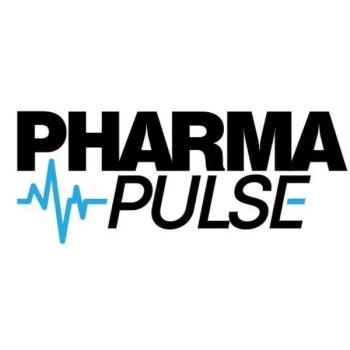
Top 3 Most-Read Supply Chain Logistics Pieces of the Year
The most popular pieces pertaining to the supply chain featured ADMs, vaccine supply chains, and wholesalers.
The top 3 pieces related to the supply chain—a Pharma Commerce staple—included the key questions and considerations for drug manufacturers pursuing an effective alternative distribution model, how embracing collaboration is key to the battle against RSV, and why companies' emphasis on delivering pharmaceuticals is evolving into a collaboration focused on healthcare outcomes.
Below are the top 3
3. Are ADMs a Viable Option for Pharma?
For pharmaceutical manufacturers, their default distribution model for launching a new drug generally involves signing a distribution services agreement (DSA) the major wholesalers. But these companies are increasingly asking if there are alternative distribution models (ADMs) as they consider the wholesalers’ financial effects on their gross-to-net calculations. This is especially true for emerging pharmaceutical manufacturers looking to launch into the full-line wholesale space servicing pharmacies or hospitals.
2. Fortifying Vaccine Supply Chains
The approvals of respiratory syncytial virus (RSV) vaccines by GSK and Pfizer highlight a significant milestone for the medical community as it looks to protect countless lives who suffer from this ailment. Yet, as the US reflects on the journey of the COVID-19 vaccine distribution, the path to delivering these life-saving solutions will be defined by how well supply chain challenges can be managed and combatted. Successful vaccine distribution relies heavily on a seamless supply chain.
1. Wholesalers Step Up Their Partnering
The outlook for drug wholesaling in the US is mostly promising, but with clouds on the horizon. The industry underwent an extraordinary stress test during the pandemic, responsible not just for ensuring safe and near-universal delivery of relatively complicated vaccines (requiring a dry-ice-charged distribution from the manufacturing sites almost to patients’ arms), but also for the therapeutics needed to address newly sickened patients. And this occurred while deliveries of the hundreds of billions of dollars’ worth of conventional medicines took place during a time of quarantined workers, shuttered businesses, and logistics shortages.
Newsletter
Stay ahead in the life sciences industry with Pharmaceutical Commerce, the latest news, trends, and strategies in drug distribution, commercialization, and market access.




